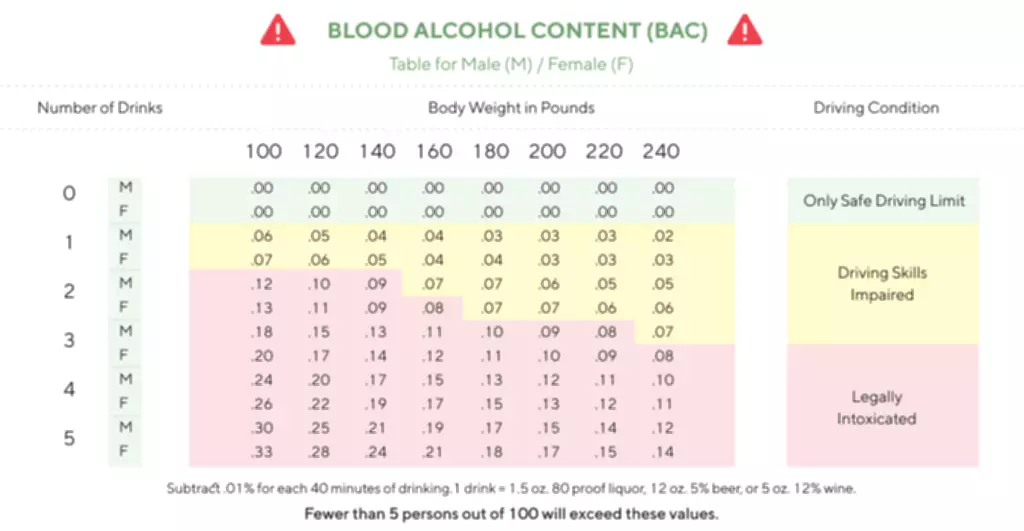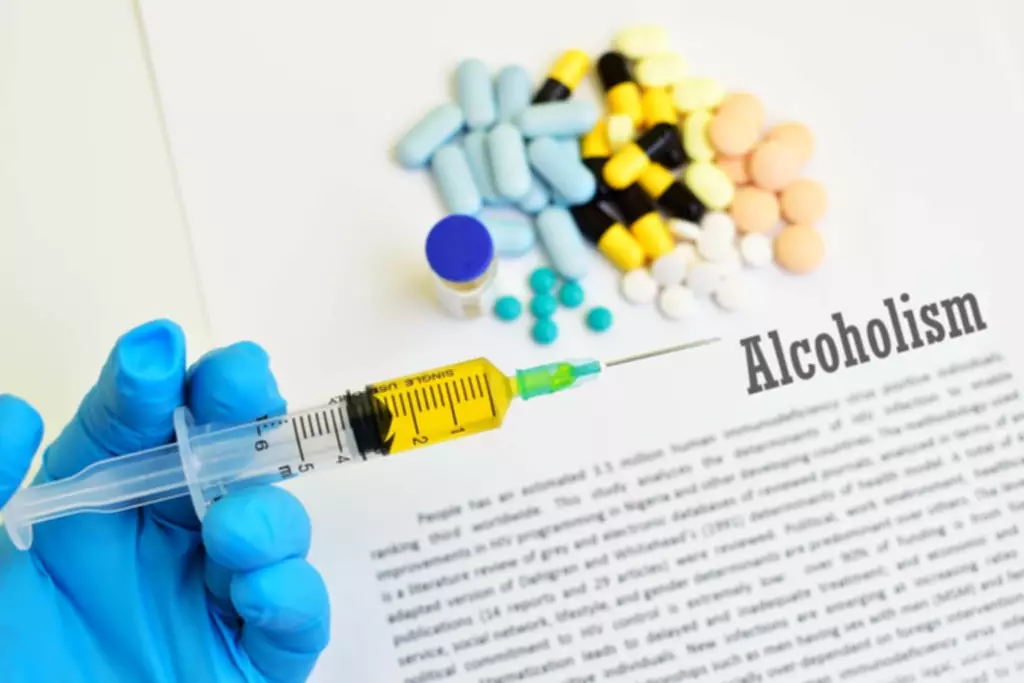While there are multiple such intervention approaches for treating AUD with strong empirical support, we highlight a dearth of research testing models of harm reduction treatment for DUD. Next, we review other established SUD treatment models that are compatible with non-abstinence goals. We focus our review on two well-studied approaches that were initially conceptualized – and have been frequently discussed in the empirical literature – as client-centered alternatives to abstinence-based treatment. Of note, other SUD treatment approaches that could be adapted to target nonabstinence goals (e.g., contingency management, behavioral activation) are excluded from the current review due to lack of relevant empirical evidence. This paper presents a narrative review of the literature and a call for increased research attention on the development of empirically supported nonabstinence treatments for SUD to engage and treat more people with SUD. We define nonabstinence treatments as those without an explicit goal of abstinence from psychoactive substance use, including treatment aimed at achieving moderation, reductions in use, and/or reductions in substance-related harms.
- The ultimate goal of CBT is to provide the skills that can prevent a relapse and maintain drinking goals, whether they be abstinence or controlled drinking (Marlatt & Gordon, 1985; Marlatt & Witkiewitz, 2005).
- The role of nutrition should also not be overlooked as maintaining a balanced diet can help restore physical health damaged by excessive alcohol consumption.
- When women consume even moderate levels of alcohol, their risk for various cancers goes up, including digestive, breast and pancreatic cancer, among other health problems – and even death.
- Administrative discharge due to substance use is not a necessary practice even within abstinence-focused treatment (Futterman, Lorente, & Silverman, 2004), and is likely linked to the assumption that continued use indicates lack of readiness for treatment, and that abstinence is the sole marker of treatment success.
- Additionally, we offer exceptional continuing care so even after completing your programme; you’re never alone in this fight against alcohol addiction.
Drinking Goal Item of the Treatment Experiences and Expectations questionnaire
While there is evidence that a subset of individuals who use drugs engage in low-frequency, non-dependent drug use, there is insufficient research on this population to determine the proportion for whom moderation is a feasible treatment goal. However, among individuals with severe SUD and high-risk drug or alcohol use, the urgency of reducing substance-related harms presents a compelling argument for engaging these individuals in harm reduction-oriented treatment and interventions. In addition to issues with administrative discharge, abstinence-only treatment may contribute to high rates of individuals not completing SUD treatment. About 26% of all U.S. treatment episodes end by individuals leaving the treatment program prior to treatment completion (SAMHSA, 2019b). Studies which have interviewed participants and staff of SUD treatment centers have cited ambivalence about abstinence as among the top reasons for premature treatment termination (Ball, Carroll, Canning-Ball, & Rounsaville, 2006; Palmer, Murphy, Piselli, & Ball, 2009; Wagner, Acier, & Dietlin, 2018). One study found that among those who did not complete an abstinence-based (12-Step) SUD treatment program, ongoing/relapse to substance use was the most frequently-endorsed reason for leaving treatment early (Laudet, Stanick, & Sands, 2009).
Stephanie S. O’Malley
Alcoholics Anonymous most effective path to alcohol abstinence — Stanford Medical Center Report
Alcoholics Anonymous most effective path to alcohol abstinence.
Posted: Wed, 11 Mar 2020 07:00:00 GMT []
Furthermore, it should be noted that the literature does not offer consensus on the operational definition of drinking goal (Luquiens et al., 2011). Instead, the authors categorized responses to the Commitment to Abstinence item based largely on clinical judgment and prior research using this measure. To that end, it should be noted that the distribution of clinical outcomes across the three levels of drinking goal (complete abstinence, conditional abstinence, and controlled drinking) provided strong support for the validity of this coding system. Importantly, clinical assessment of drinking goal is a readily accessible clinical variable which, given the results presented herein, is potentially critical to treatment planning and prognosis. Further, analyses revealed several drinking goal × CBI interactions such that the benefit of cognitive behavioral intervention over medical management was not supported for participants whose reported goal was complete abstinence. These findings were evident in two of four outcome measures and some were trend level, which, given the sample size of the present study limits the conclusions that can be drawn about matching of behavioral intervention based on drinking goal.
- In brief, the COMBINE study was a large multi-site treatment study of two pharmacotherapies (i.e., naltrexone and acamprosate), and cognitive behavioral intervention for alcoholism.
- With this as a starting point, the IP was asked to describe the past five years in terms of potential so-called relapse and retention and/or resumption of positive change.
- If you use alcohol to manage stress or self-medicate, fear of how you’ll cope without alcohol might hamper your efforts to regain control of your drinking.
- But if they have a problem with alcohol, taking a harm reduction approach could be a constructive way to help them take a look at the negative consequences of their behavior and motivate them to make positive changes.
The Complex Link Between Anxiety and Pornography Addiction

We first provide an overview of the development of abstinence and nonabstinence approaches within the historical context of SUD treatment in the U.S., followed by an evaluation of literature underlying the theoretical and empirical rationale for nonabstinence treatment approaches. Lastly, we review existing models of nonabstinence psychosocial treatment for SUD among adults, with a special focus on interventions for drug use, to identify gaps in the literature and directions for future research. We identify a clear gap in research examining nonabstinence psychosocial treatment for drug use disorders and suggest that increased research attention on these interventions represents the logical next step for the field.
Seek Healthy Alternatives

3 Stepwise regressions: Non-abstinence
4 Stepwise regressions: Quality of life (QOL)
- In the fully saturated models, any twelve-step attendancedecreased odds of non-abstinence by 57–76% (Model 4), while each additional DSMsymptom decreased odds of non-abstinence by 73–89% (Model 4).
- Individual factors like personal motivation, mental health status, and support system also play a key role in determining how well someone will fare within a programme.
- Her counselor agreed that abstinence was a good solution and they took steps to help Reagan achieve this goal.
- Comparisons between classes derived from the RMLCA on 3-year post-treatment outcomes were examined for PDD, PHDD, DDD, DrInC total score, PFI social behavior subscale, and PFI social role subscale.
- Enjoyable, non-alcoholic alternatives include soda and fresh lime juice, virgin mojitos, soda with fresh fruit, kombucha, or mocktails.
The Effects of Drinking Goal on Treatment Outcome for Alcoholism
